People earning between £100,000 and £125,150 annually risk falling into the 60 percent tax trap. This simply means that for every additional pound earned above £100,000, UK residents have to pay 60 percent in tax.
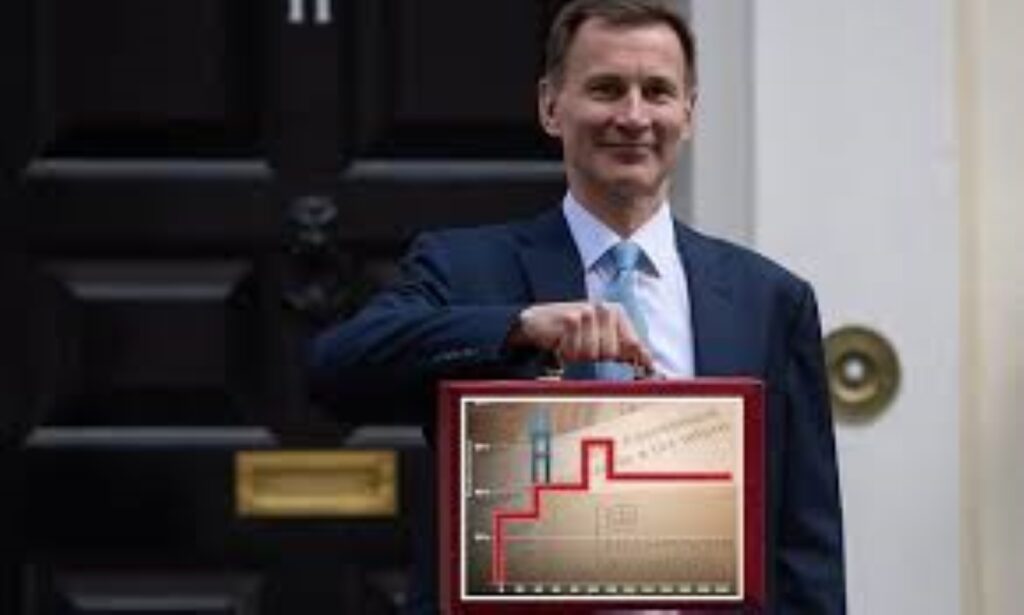
This is how it works: the official income tax rate for folks who earn above £125,150 is 45 percent. However, those earning between £100,001 and £125,149 find themselves in a tax glitch that requires a 60 percent marginal remittance on the earnings within that range.
How Many People in the UK Earn Over 100k Per Annum?
Bowmore Financial Planning has advised the new administration to address this inconsistency in the UK’s taxation system. It is a glitch that can be fixed, but it is robbing workers of their earnings and gendering a pseudo-inequality in the income tax system.
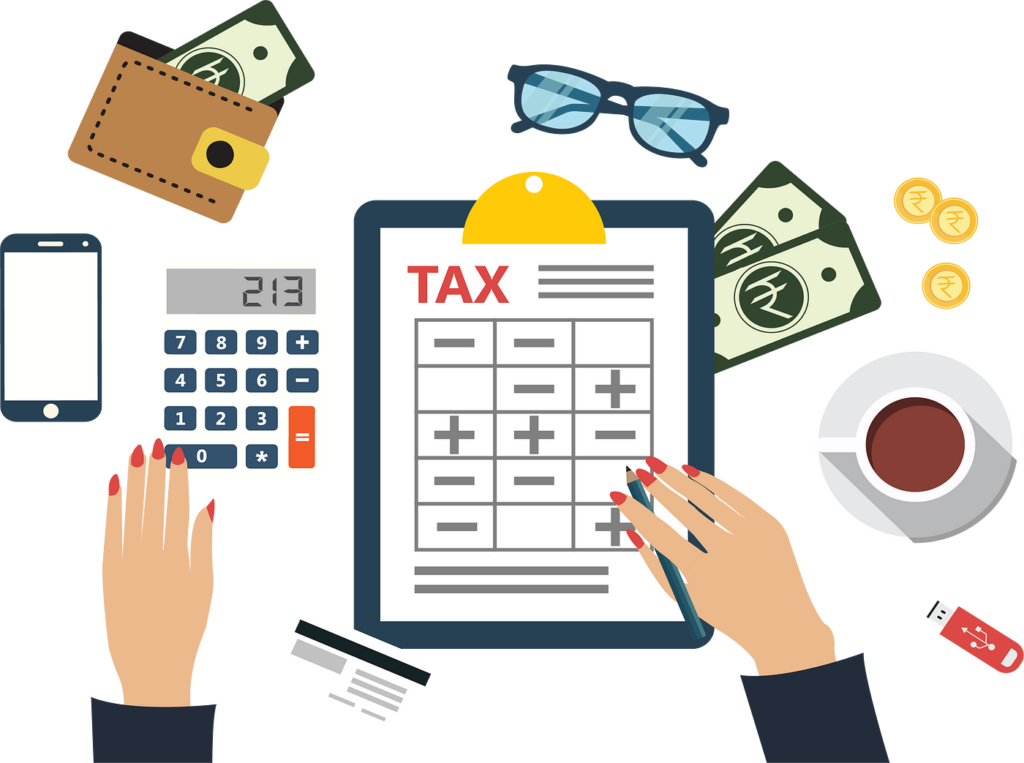
The number of people affected by this glitch rose year-on-year from 436,000 to 537,000 by April. This is an increase of about 23%; no one knows what the figure will climb to in the coming year.
Half a Million People Enter the Tax Trap
Bowmore’s concern about this trend may trigger widespread capping among income earners to curtail themselves from making beyond £100,000. Similarly, some other penalties make the prospect of earning above that figure unattractive.

One, income earners who make above £100,000 have reduced their 30 hours of free care for toddlers. In addition, they may even suffer outright loss of access to tax-free childcare.
How the Income Tax Rate May Impact National Earnings
Naturally, inflation and higher living costs ought to drive people to seek more income sources or aim for higher-paying jobs. However, the tax trap may inspire several workers to keep their earnings below £100,000, even if it means they get less.

Bowmore’s Mark Incledon states that the trend “only disincentivises people from working harder, being more productive, and ultimately generating economic growth.”
Ingenious Method of Increase Tax Revenue Without Increasing Income Tax Rate
One reason the UK finds more income earners falling into the tax trap bracket is the fixing of tax thresholds. The income tax rates currently applicable were pegged in 2021 and should remain the same until 2028. This is one of the many fiscal policies that help the UK government regulate the economy.
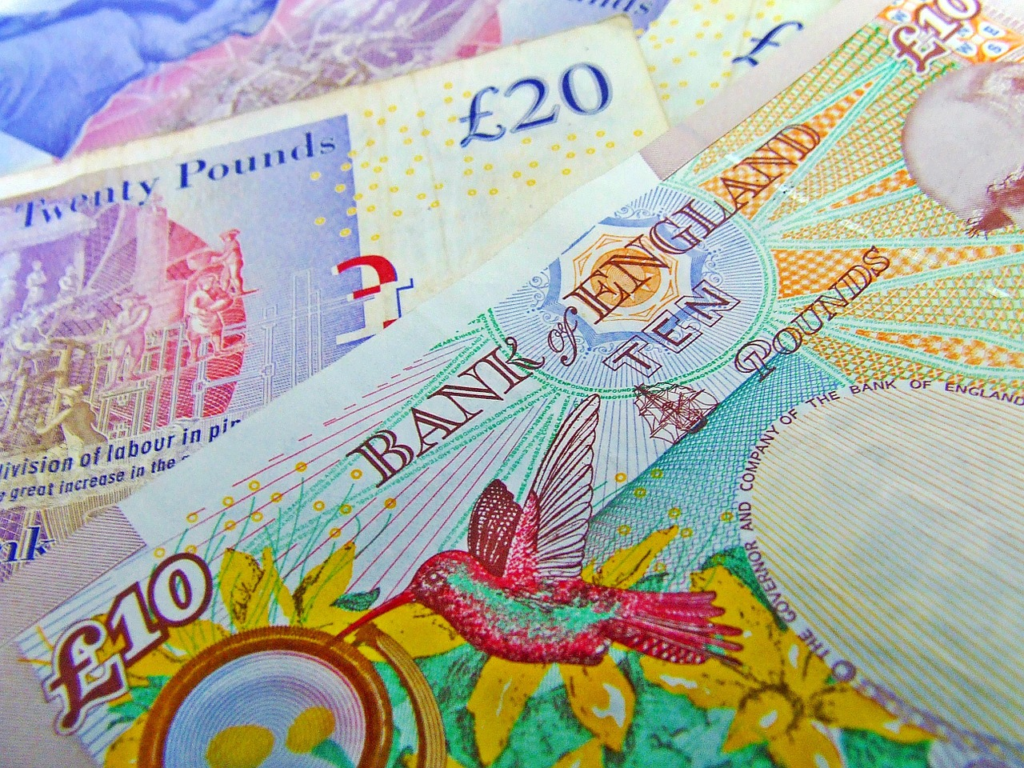
However, this fix pushes more and more people to higher income earnings over time, causing their tax remittances to increase without necessarily increasing income tax rates.
Number of High-Income Earners Jump Significantly
The additional tax rate only applied to people earning over £150,000 before 2023. After that year, the UK government reviewed the rate threshold to £125,140.

In the 1991-92 tax year, records show that about 1.6 million people paid a 40 percent higher income tax rate. However, the Institute of Fiscal Studies projects that the number would increase to 7.8 million people by 2028.
The End of a Tax-Free Regime for Most UK Residents
In 2016, Chancellor George Osborne introduced the personal savings allowance, which exempted about 95 percent of savers from paying tax on their earned interests. However, that era is fast fading as interest rates on savings have jumped significantly.
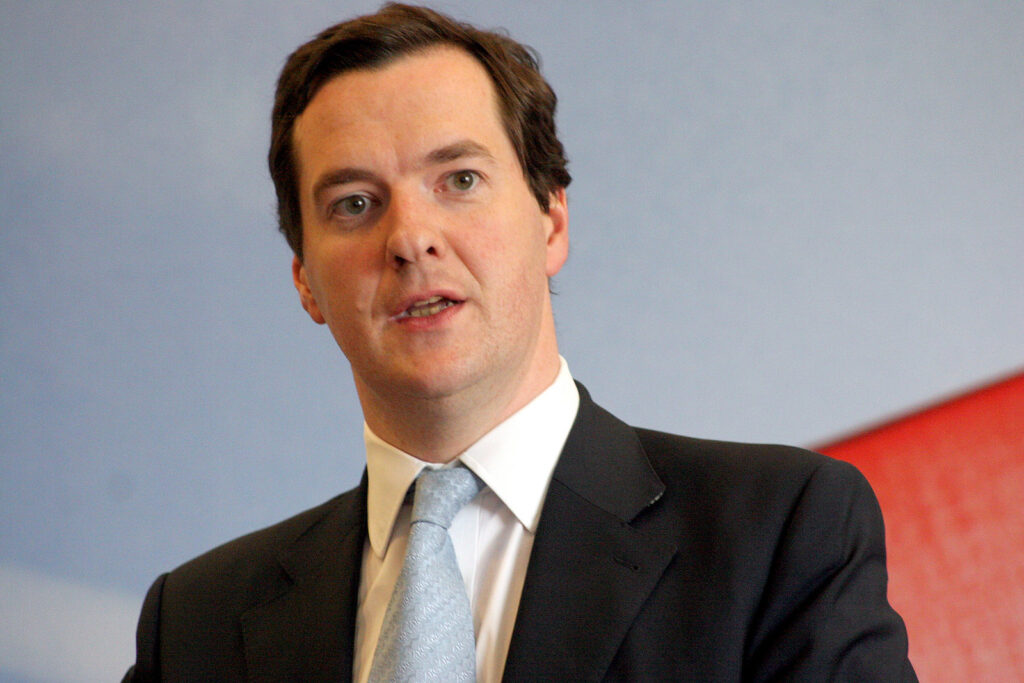
Now, basic-rate taxpayers would comfortably breach the tax-exempt limit on interests with a savings of roughly £38,850. Higher-rate taxpayers don’t need that much; with just £17,925, they easily overshoot the limit.
More UK Residents to Start Paying Tax on Their Savings Interest
According to figures made available by AJ Bell, less than 800,000 people paid tax on savings interest in the 2020-21 tax year. However, the figure jumped to 2.7 million people in the 2023-24 tax year.

Tax experts attribute this increase to the reduction in the period required for money to build up in a savings account, thanks to hyper changes in interest rates.
Inflation and Higher Interest Rates Responsible, Says the UK Treasury
So far, the HM Treasury has blamed inflation for these changes. The apex bank also argued that the UK government had not tinkered with income tax rates since 2021 and did not intend to do so soon.
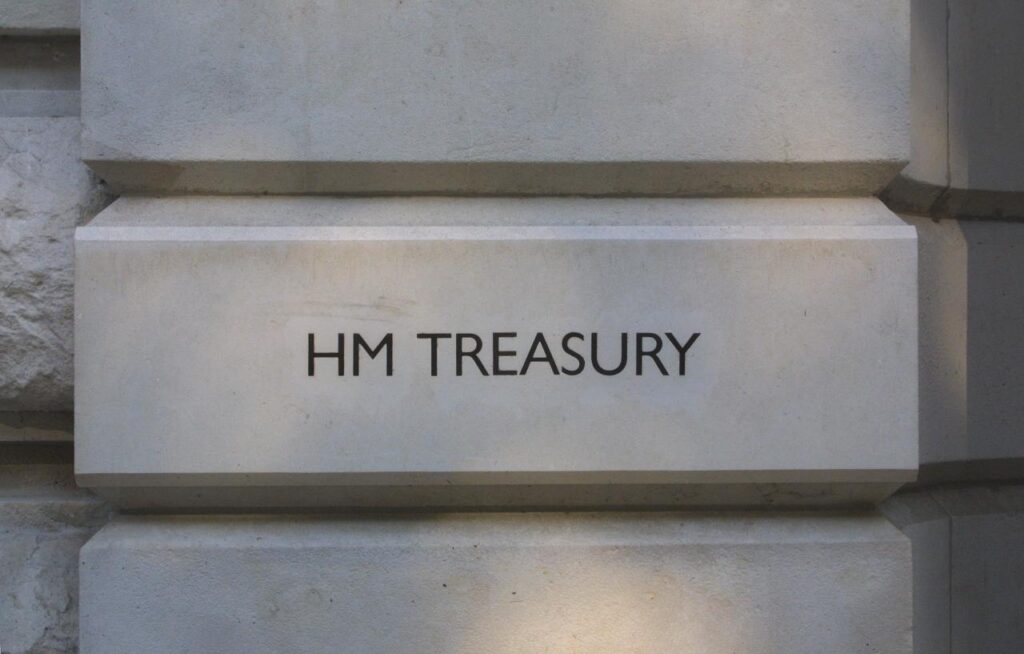
A Treasury spokesperson said that much by declaring: “We are committed to keeping taxes on working people as low as possible while maintaining fiscal responsibility.”
What is the Income Tax in the UK?
In the United Kingdom, there are four basic bands of taxable income. Individuals with an annual personal income of less than £12,570 are exempt from tax. However, the basic rate, higher rate, and additional income rate pay tax rates of 20%, 40%, and 45%, respectively, on their income.

The basic rate band earns between £12,570 and £12,270, the higher rate band earns between £50,271 and £125,140, and the additional rate band earns above £125,140.
Who Pays 60% Tax in the UK?
Income earners in the UK who fall within the higher rate band pay a 60% tax rate. It is almost impossible for this band of earners to avoid top tax trap. This is so because the permissible allowance approved by UK fiscal laws begins to drop once an income earner starts making above £100,000.
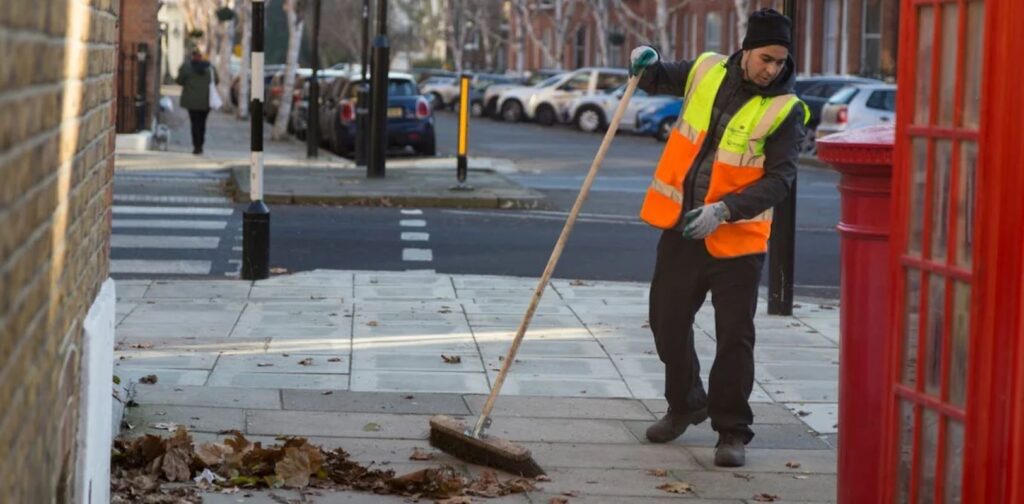
Between £100,000 and £125,140, the personal allowance drops by 50% on each extra pound. However, beyond £125,140, it becomes non-existent.
ALSO READ: Here’s What the Failed Expanded Child Tax Credit Means for Families in the US
How Much Tax Will Be Deducted From 100000?
Using taxation guidelines highlighted on the HMRC website, Reed estimates the income tax and National Insurance tax implications on an annual income of £100,000 to be £27,432 and £4,764.60, respectively.
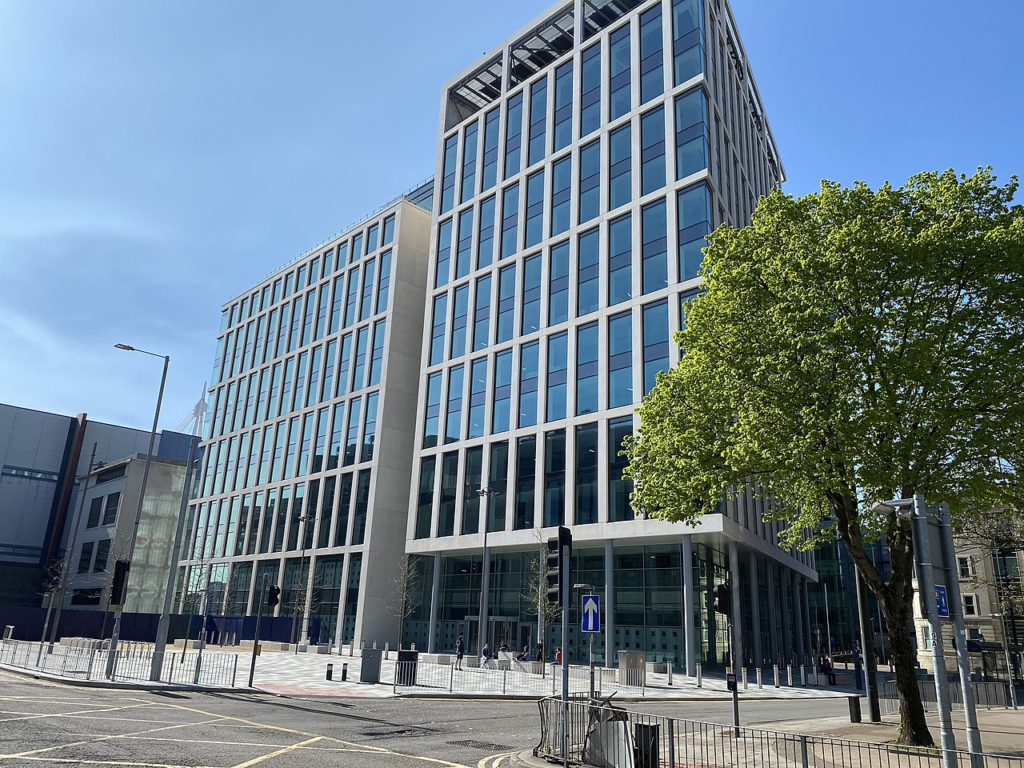
Consequently, an individual who earns £100,000 annually will go home with a total package of £67,803.40 per annum, or £1,303.91 weekly.
You Might Also Like:
GM Lays Off Over 1,000 Salaried Software and Services Employees
Essential Insights Before Investing in Buffer ETFs
Cathie Wood Makes Major Investments in This Hot AI Stock—And It May Surprise You
Boeing Halts 777X Aircraft Tests After Discovering Damage to Jet Structure
